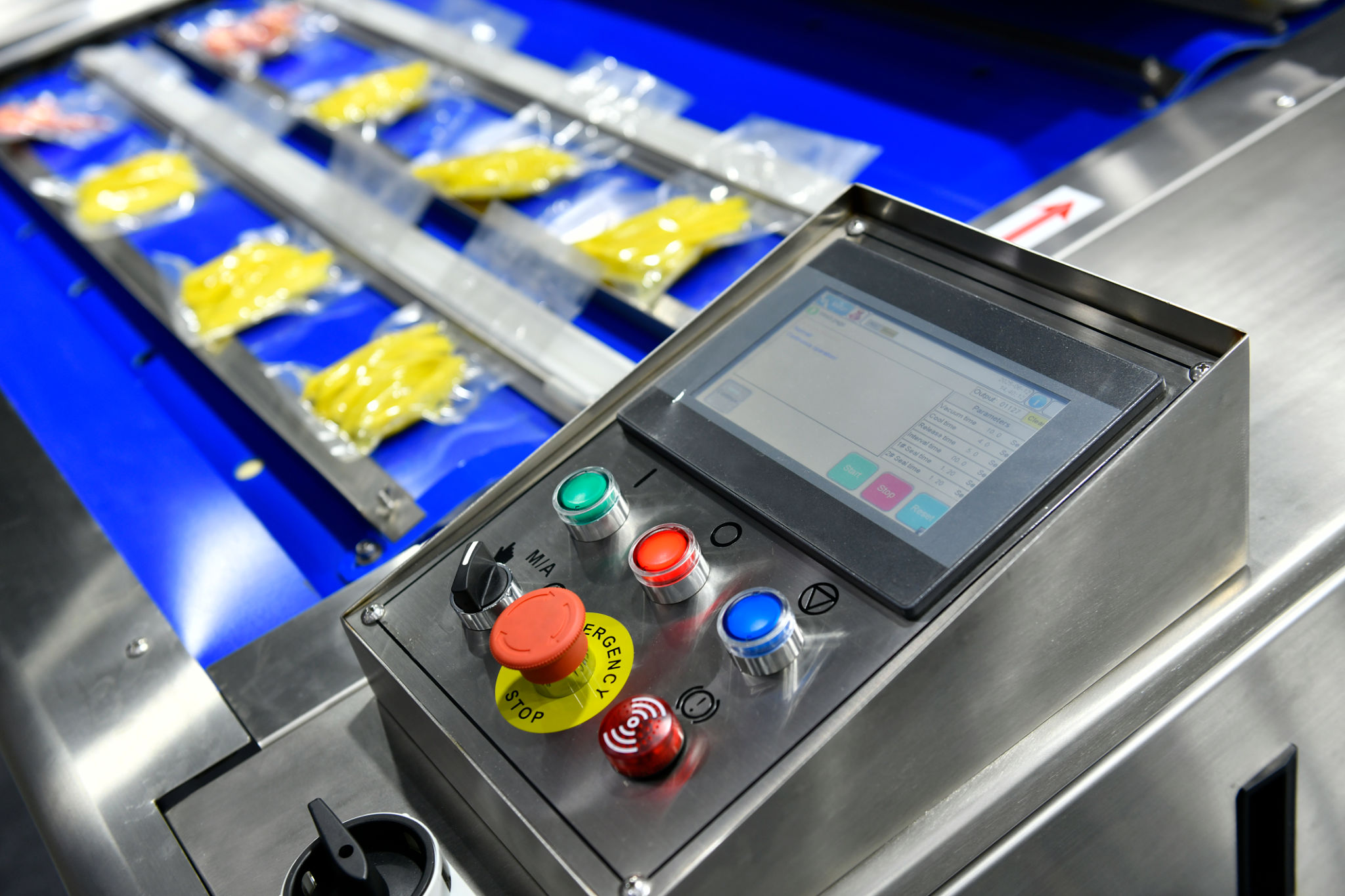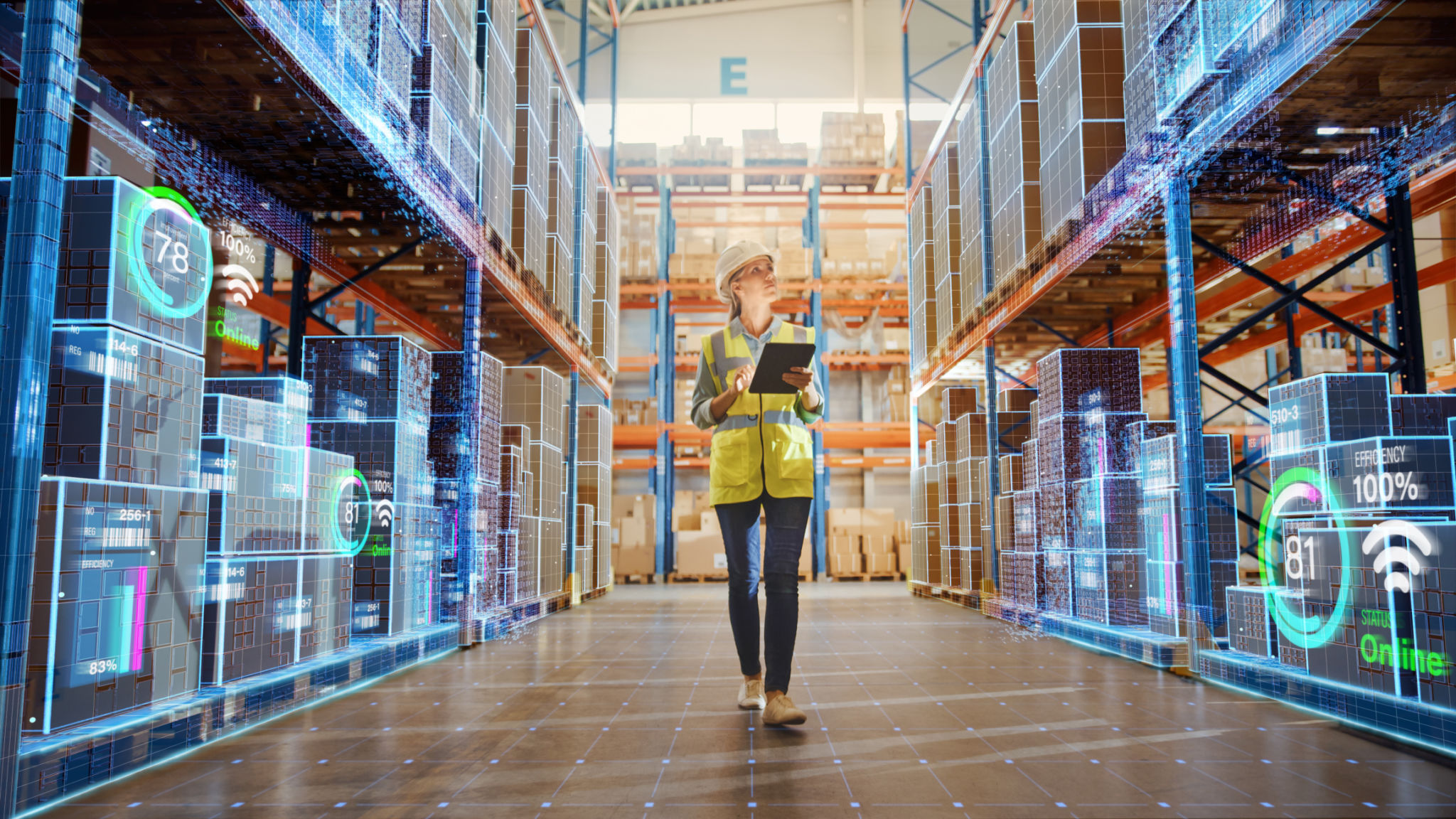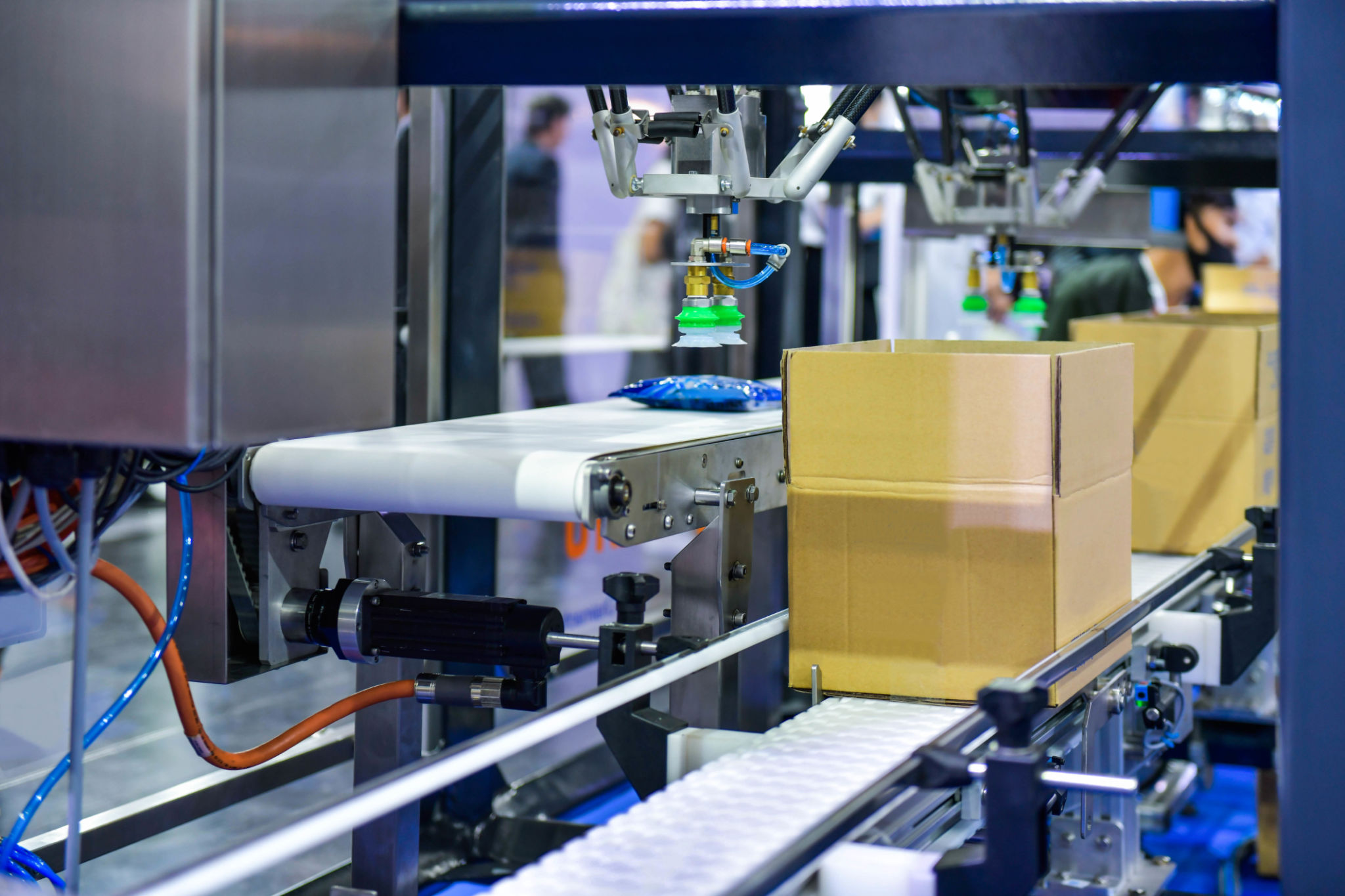Comparing Automated Food Packaging Systems: What Works Best for Your Business?
Understanding Automated Food Packaging Systems
In the ever-evolving food industry, efficiency and precision in packaging are crucial for meeting consumer demands and maintaining product quality. Automated food packaging systems offer numerous advantages, including speed, consistency, and reduced labor costs. However, selecting the right system for your business can be challenging. This guide aims to help you navigate through the various options available, ensuring you choose the system that best suits your needs.

Types of Automated Food Packaging Systems
There are several types of automated food packaging systems, each designed to cater to different packaging needs. Some of the most common systems include:
- Vertical Form Fill Seal (VFFS) Machines: Ideal for packaging products such as snacks, grains, and powders, these machines create bags from a flat roll of film and fill them with product.
- Horizontal Form Fill Seal (HFFS) Machines: Suitable for items like biscuits and ready-to-eat meals, these machines create and fill packages in a horizontal direction.
- Tray Sealers: Perfect for fresh products like meat and produce, tray sealers seal products in pre-formed trays.
Key Considerations When Choosing a System
Selecting the right automated food packaging system depends on various factors. One of the most important considerations is the type of product you are packaging. Consider factors such as product shape, size, and fragility. Additionally, the packaging material plays a significant role; certain systems work better with specific materials like plastic, paper, or foil.

Another crucial aspect is production volume. High-volume operations require systems that offer high-speed capabilities and minimal downtime. Conversely, smaller operations might prioritize flexibility and ease of use over sheer speed. Moreover, consider future scalability when making your choice; a system that can grow with your business is a wise investment.
The Role of Technology in Modern Packaging
Technological advancements have significantly impacted automated food packaging systems. Modern systems often come equipped with smart sensors and advanced software that enhance precision and efficiency. These technologies help reduce waste, maintain product quality, and ensure compliance with safety standards.

Additionally, many systems now integrate with existing production lines through IoT connectivity, allowing for seamless communication and data transfer between devices. This integration can lead to improved decision-making and optimized production workflows.
Cost Implications and Return on Investment
Investing in an automated food packaging system is a significant financial decision. While the initial cost can be substantial, it's essential to consider the potential return on investment (ROI). Automated systems can lead to significant savings in labor costs and increased production efficiency.
Furthermore, reducing product waste and enhancing product quality can result in higher customer satisfaction and increased sales. When evaluating cost implications, it's crucial to consider both short-term expenses and long-term benefits.
Making the Final Decision
Ultimately, the best automated food packaging system for your business will depend on your specific needs and goals. Carefully assess your product requirements, production volume, technological needs, and budget constraints before making a decision. Consulting with industry experts or manufacturers can provide valuable insights tailored to your operation.

Remember that investing in the right system not only streamlines your operations but also positions your business for future growth in an increasingly competitive market.
